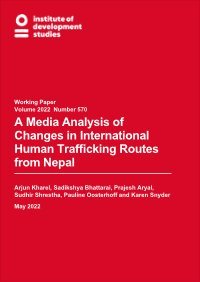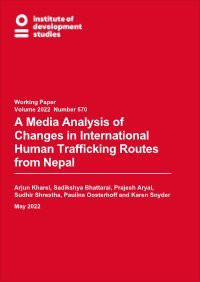By Stijn Aerts
Key takeaways 1. Work-related crime refers to all infractions of laws and regulations regarding salary and employment, benefits, taxes and duties. This includes labour exploitation, forced labour, and trafficking in human beings for labour exploitation, as well as all criminal activities that may be related to, or indicative of, these crimes: benefit fraud, tax evasion and money laundering, breaching workplace safety regulations, salary extortion, and so on. 2. Labour exploitation is a particularly harmful crime. First, there is the direct harm (physical, psychological and economic) to victims. Second, exploitation creates unfair competition, having a negative effect on the legal economy and labour market. Third, unfair competition in trade and labour markets, and illegally acquired wealth, may erode trust in institutions and European values. 3. Exploiters make profit through a series of cost-cutting and revenue-generating actions. They save on wages, a safe work environment, taxes and social benefit contributions. Revenue is generated by asking inflated prices for recruitment and housing, by committing different types of benefit fraud, and by out-competing competitors. 4. Offenders use (seemingly) legal business structures and labour mobility options (including posted labour) to create intricate, often international, subcontracting chains that serve to hide illegal activity from plain sight and hamper investigations. 5. There are different prevention strategies, each with their own benefits and disadvantages. Victim-oriented approaches include awareness programmes for potential victims, as well as victim identification and assistance. Buyer-oriented strategies target both personal and corporate buyers, and aim to shrink the market for services and goods produced by exploited labour. Offender-oriented approaches have the objective to create an environment that is risky and unrewarding for offenders to operate in. The latter may be achieved by a mix of criminal justice and administrative probes that benefits from increased information sharing between authorities and across borders.
Brussels: European Crime Prevention Network - EUCPN. 2023. 40p.






